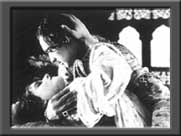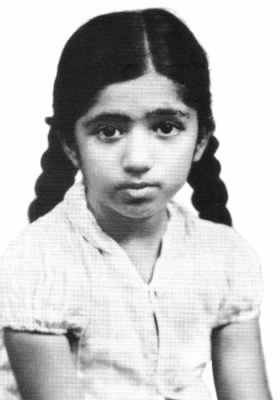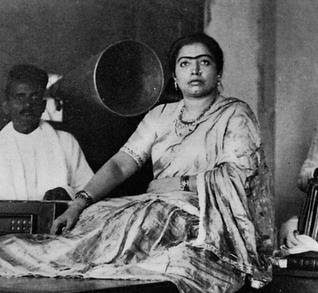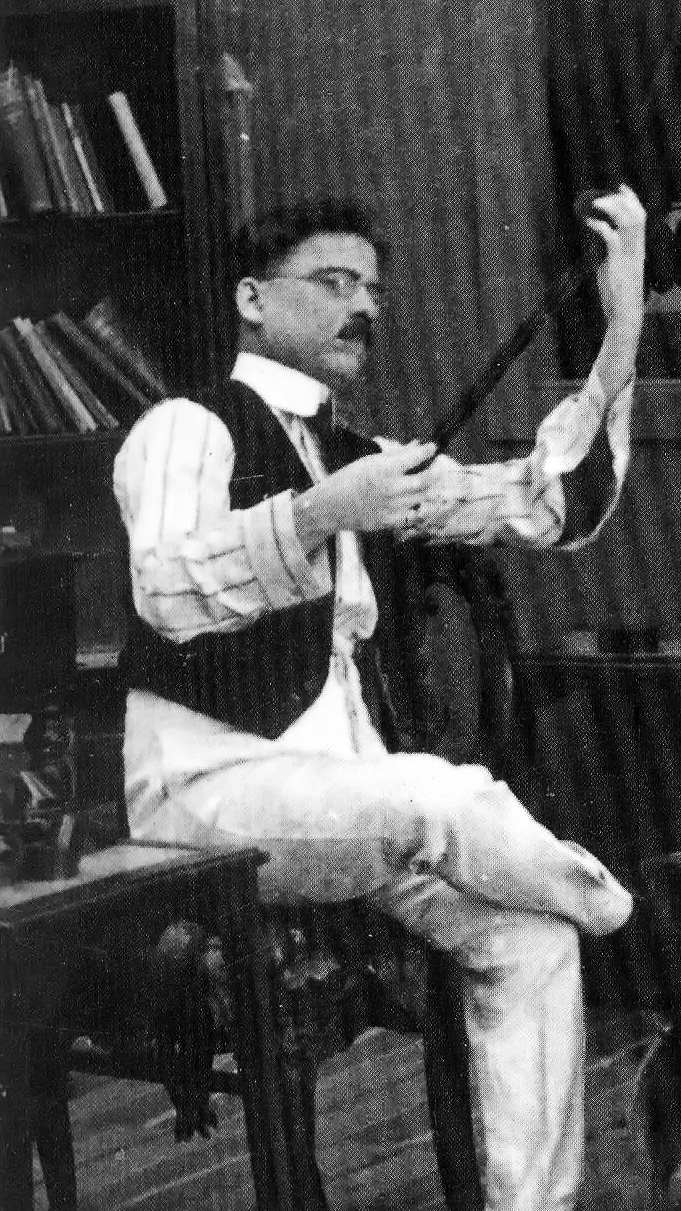|
Mughal-e-Azam (other)
''Mughal-e-Azam'' () is a 1960 Indian epic historical drama film produced and directed by K. Asif. Starring Prithviraj Kapoor, Dilip Kumar, Madhubala, and Durga Khote, it follows the love affair between Mughal Prince Salim (who went on to become Emperor Jahangir) and Anarkali, a court dancer. Salim's father, Emperor Akbar, disapproves of the relationship, which leads to a war between father and son. The development of ''Mughal-e-Azam'' began in 1944, when Asif read a 1922 play called ''Anarkali,'' by the playwright Imtiaz Ali Taj, which is set in the reign of Emperor Akbar (1556–1605). Production was plagued by delays and financial uncertainty. Before its principal photography began in the early 1950s, the project had lost a financier and undergone a complete change of cast. ''Mughal-e-Azam'' cost more to produce than any previous Indian motion picture; the budget for a single song sequence exceeded that typical for an entire film of the period. The soundtrack, inspire ... [...More Info...] [...Related Items...] OR: [Wikipedia] [Google] [Baidu] |
Kamal Amrohi
Syed Amir Haider Kamal Naqvi (17 January 1918 – 11 February 1993), popularly known as Kamal Amrohi, was an Indian film director and screenwriter. He was also an Urdu and Hindi poet. His Hindi films include '' Mahal'' (1949), '' Pakeezah'' (1972) and ''Razia Sultan'' (1983). He established Kamal Pictures (Mahal Films) in 1953 and Kamalistan Studio in Bombay in 1958. Early life Kamal Amrohi was born in Amroha, United Provinces in British India (present-day Uttar Pradesh) and later took on the name Kamal Amrohi (or Amrohvi). He was a first cousin to Pakistani writers Jaun Elia and Rais Amrohvi. Career In 1938, he left Amroha to study in Lahore, now part of Pakistan, where singer K. L. Saigal discovered him and took him to Mumbai (Bombay) to work for Sohrab Modi's Minerva Movietone film company, where he started his career working on films like ''Jailor'' (1938), ''Pukar'' (1939), ''Bharosa'' (1940), A. R. Kardar's film (Shahjehan 1946). He made his debut as a directo ... [...More Info...] [...Related Items...] OR: [Wikipedia] [Google] [Baidu] |
Lata Mangeshkar
Lata Mangeshkar () (born as Hema Mangeshkar; 28 September 1929 – 06 February 2022) was an Indian playback singer and occasional music composer. She is widely considered to have been the greatest and most influential singers in India. Her contribution to the Indian music industry in a career spanning eight decades gained her honorific titles such as the "Queen of Melody", "Nightingale of India", and "Voice of the Millennium". Lata recorded songs in over thirty-six Indian languages and a few foreign languages, though primarily in Marathi, Hindi, and Bengali. Her foreign languages included English, Indonesian, Russian, Dutch, Nepali, and Swahili. She received several accolades and honors throughout her career. In 1989, the Dadasaheb Phalke Award was bestowed on her by the Government of India. In 2001, in recognition of her contributions to the nation, she was awarded the Bharat Ratna, India's highest civilian honour; she is only the second female singer, after M. S. Subbulak ... [...More Info...] [...Related Items...] OR: [Wikipedia] [Google] [Baidu] |
Tawaif
A ''tawaif'' was a highly successful entertainer who catered to the nobility of the Indian subcontinent, particularly during the Mughal era. The tawaifs excelled in and contributed to music, dance (mujra), theatre, and the Urdu literary tradition, and were considered an authority on etiquette. Tawaifs were largely a North Indian institution central to Mughal court culture from the 16th century onwards and became even more prominent with the weakening of Mughal rule in the mid-18th century. They contributed significantly to the continuation of traditional dance and music forms and then to the emergence of modern Indian cinema. History The patronage of the Mughal court before and after the Mughal Dynasty in the Doab region and the artistic atmosphere of 16th century Lucknow made arts-related careers a viable prospect. Many girls were taken at a young age and trained in both performing arts (such as Kathak and Hindustani classical music) as well as literature (ghazal, thumri) to h ... [...More Info...] [...Related Items...] OR: [Wikipedia] [Google] [Baidu] |
Mariam-uz-Zamani
Mariam-uz-Zamani (); ( – 19 May 1623), commonly known by the misnomer ' Jodha Bai', was the chief consort and principal Rajput empress consort as well as the favourite wife of the third Mughal emperor, Akbar. She was also the longest-serving Hindu empress of the Mughal Empire with a tenure of forty-three years (1562 –1605). Born a Rajput princess, she was married to Akbar by her father, Raja Bharmal of Amer due to political exigencies. Her marriage to Akbar led to a gradual shift in the latter's religious and social policies. She is widely regarded in modern Indian historiography as exemplifying both Akbar's and the Mughals' tolerance of religious differences and their inclusive policies within an expanding multi-ethnic and multi-religious empire. She was an extremely beautiful woman and was said to possess uncommon beauty, widely known for both, her grace and intellect. In the words of Akbar, she's described as 'a piece of the moon'. She was a senior-ranking wife of A ... [...More Info...] [...Related Items...] OR: [Wikipedia] [Google] [Baidu] |
List Of Most Expensive Indian Films
This is an inclusive list of the most expensive Indian films, with budgets given in Indian rupees and US dollars. Most expensive Indian productions (unadjusted for inflation) Only productions with a budget of at least ₹100 crore in nominal Indian rupees are listed here. Due to the effects of inflation, all the films on the chart have been produced in the 21st century. Films Back-to-back film productions Historical timeline Most expensive films by language Assamese The Assamese cinema, also known as Jollywood, produces films in Assamese language. Bengali The cinema of West Bengal produces films in Bengali language. Bhojpuri The Bhojpuri cinema, colloquially known as Bhojiood, produces films in Bhojpuri language. Gujarati Gujarati cinema, produces films in Gujarati language. Hindi Hindi cinema, also known as Bollywood, produces many of the most expensive Indian films, many of which are released worldwide. Kannada The Kannada cinema, also known as Sanda ... [...More Info...] [...Related Items...] OR: [Wikipedia] [Google] [Baidu] |
Filmfare Award For Best Actress
The Filmfare Award for Best Actress is given by ''Filmfare'' as part of its annual Filmfare Awards for Hindi films, to recognise the female actor who has delivered an outstanding performance in a leading role. The award was first given in 1954 for the films released in the preceding year 1953. Winners and nominees 1950s 1960s 1970s 1980s 1990s 2000s 2010s 2020s Multiple wins and nominations The following individuals have received two or more Best Actress awards: The following individuals have received nine or more Best Actress nominations: Superlatives * Nutan and her niece Kajol, with five wins each, have maximum awards. Meena Kumari, Madhuri Dixit and Vidya Balan have four wins each. Vyjayanthimala, Jaya Bachchan, Shabana Azmi, and Alia Bhatt have three wins each. Eight actresses have won the award twice; in chronological order, they are Waheeda Rehman, Dimple Kapadia, Rekha, Sridevi, Karisma Kapoor, Aishwarya Rai, Rani Mukerji ... [...More Info...] [...Related Items...] OR: [Wikipedia] [Google] [Baidu] |
Film Colorization
Film colorization (American English; or colourisation [British English], or colourization [Canadian English and Oxford English]) is any process that adds color to black-and-white, sepia tone, sepia, or other monochrome moving-picture images. It may be done as a special effect, to "modernize" black-and-white films, or to restore color films. The first examples date from the early 20th century, but colorization has become common with the advent of digital image processing. Early techniques Hand colorization The first film colorization methods were hand done by individuals. For example, at least 4% of George Méliès' output, including some prints of ''A Trip to the Moon'' from 1902 and other major films such as ''The Kingdom of the Fairies'', ''The Impossible Voyage'', and ''The Barber of Seville (1904 film), The Barber of Seville'' were individually hand-colored by Elisabeth Thuillier's coloring lab in Paris. Thuillier, a former colorist of glass and celluloid pr ... [...More Info...] [...Related Items...] OR: [Wikipedia] [Google] [Baidu] |
8th Filmfare Awards
The 8th Filmfare Awards were held in Bombay to honor the best films in Hindi cinema in 1961. K. Asif's magnum opus ''Mughal-e-Azam'' led the ceremony with 11 nominations, followed by '' Chaudhvin Ka Chand ''with 6 nominations and ''Parakh'' with 5 nominations. ''Chaudhvin Ka Chand'', ''Mughal-e-Azam'' and ''Parakh'' won 3 awards each, thus becoming the most-awarded films at the ceremony. ''Mughal-e-Azam'', considered one of the greatest and most successful films of Bollywood, was expected to steam-roll the competition, controversially went home with just 3 wins out of its 11 nominations, including Best Film, but missed out on Best Director (for K. Asif), Best Lyricist (for Shakeel Badayuni for "Pyar Kiya To Darna Kiya"), Best Playback Singer (for Lata Mangeshkar for "Pyar Kiya To Darna Kiya") and all the 4 acting categories. Another glaring upset was Naushad's loss for Best Music Director for ''Mughal-e-Azam'''s epic soundtrack to Shankar-Jaikishan for '' Dil Apna Aur ... [...More Info...] [...Related Items...] OR: [Wikipedia] [Google] [Baidu] |
Filmfare Awards
The Filmfare Awards are annual awards that honour artistic and technical excellence in the Hindi-language film industry of India.Al The Filmfare ceremony is one of the most famous film events in India. The awards were first introduced by the Filmfare magazine of The Times Group in 1954, the same year as the National Film Awards. They were initially referred to as the "Clare Awards" or "The Clares" after Clare Mendonca, the editor of ''The Times of India''. A dual voting system was developed in 1956. Under this system, in contrast to the National Film Awards, which are decided by a panel appointed by the Indian Government, the Filmfare Awards are voted on by both the public and a committee of experts. The ceremony has been sponsored by various private organisations in the past as well as in present provisions. During several years in the 1990s, a live ceremony was broadcast to television audiences but was later discontinued due to unknown reasons. Since 2001, a recorded a ... [...More Info...] [...Related Items...] OR: [Wikipedia] [Google] [Baidu] |
National Film Awards
The National Film Awards is the most prominent film award ceremony in India. Established in 1954, it has been administered, along with the International Film Festival of India and the Indian Panorama, by the Indian government's Directorate of Film Festivals since 1973. Every year, a national panel appointed by the government selects the winning entry, and the award ceremony is held in New Delhi, where the President of India presents the awards. This is followed by the inauguration of the National Film Festival, where award-winning films are screened for the public. Declared for films produced in the previous year across the country, they hold the distinction of awarding merit to the best of Indian cinema overall, as well as presenting awards for the best films in each region and language of the country. History The Awards were first presented in 1954. The Government of India conceived the ceremony to honor films made across India, on a national scale, to encourage t ... [...More Info...] [...Related Items...] OR: [Wikipedia] [Google] [Baidu] |
List Of Highest-grossing Indian Films
This is a ranking of the highest grossing Indian films which includes films from various languages based on the conservative global box office estimates as reported by reputable sources. There is no official tracking of domestic box office figures within India, and Indian sites publishing data are frequently pressured to increase their domestic box office estimates. Indian films have been screened in markets around the world since the early 20th century.Burra, Rani Day & Rao, Maithili (2006), "Cinema", ''Encyclopedia of India (vol. 1)'', Thomson Gale, . As of 2003, there are markets in over 90 countries where films from India are screened.Khanna, Amit (2003), "The Future of Hindi Film Business", ''Encyclopaedia of Hindi Cinema: historical record, the business and its future, narrative forms, analysis of the medium, milestones, biographies'', Encyclopædia Britannica (India) Private Limited, . p 158 During the first decade of the 21st century, there was a steady rise in the t ... [...More Info...] [...Related Items...] OR: [Wikipedia] [Google] [Baidu] |
Hindi Cinema
Hindi cinema, popularly known as Bollywood and formerly as Bombay cinema, refers to the film industry based in Mumbai, engaged in production of motion pictures in Hindi language. The popular term Bollywood, is a portmanteau of "Bombay" (former name of Mumbai) and "Hollywood". The industry is a part of the larger Indian cinema, which also includes South Cinema and other smaller film industries. In 2017, Indian cinema produced 1,986 feature films, of which the largest number, 364 have been from Hindi. , Hindi cinema represented 43 percent of Indian net box-office revenue; Tamil and Telugu cinema represented 36 percent, and the remaining regional cinema constituted 21 percent. Hindi cinema has overtaken the U.S. film industry to become the largest centre for film production in the world. In 2001 ticket sales, Indian cinema (including Hindi films) reportedly sold an estimated 3.6 billion tickets worldwide, compared to Hollywood's 2.6 billion tickets sold. Earlier Hindi films ... [...More Info...] [...Related Items...] OR: [Wikipedia] [Google] [Baidu] |







.jpg)
